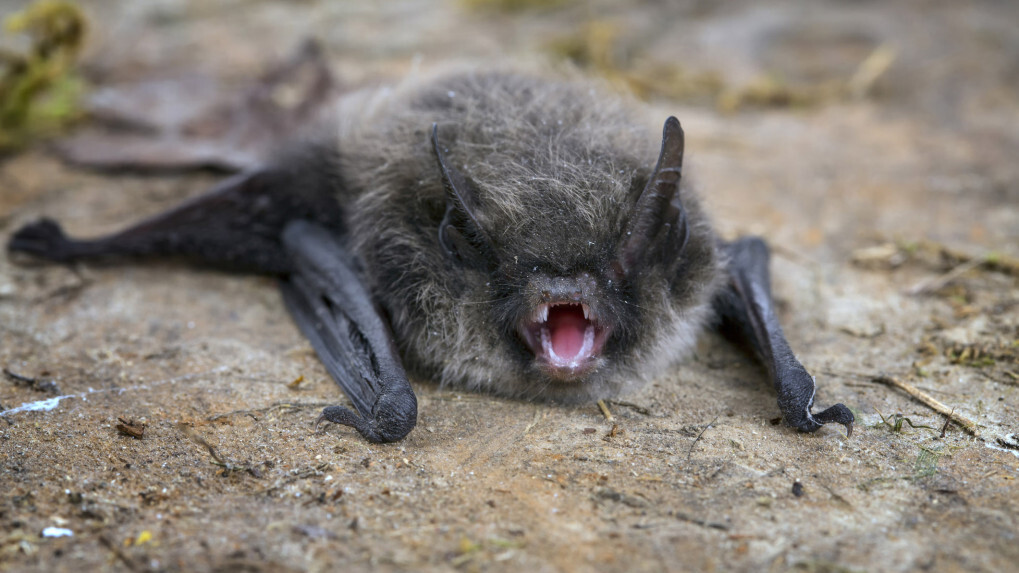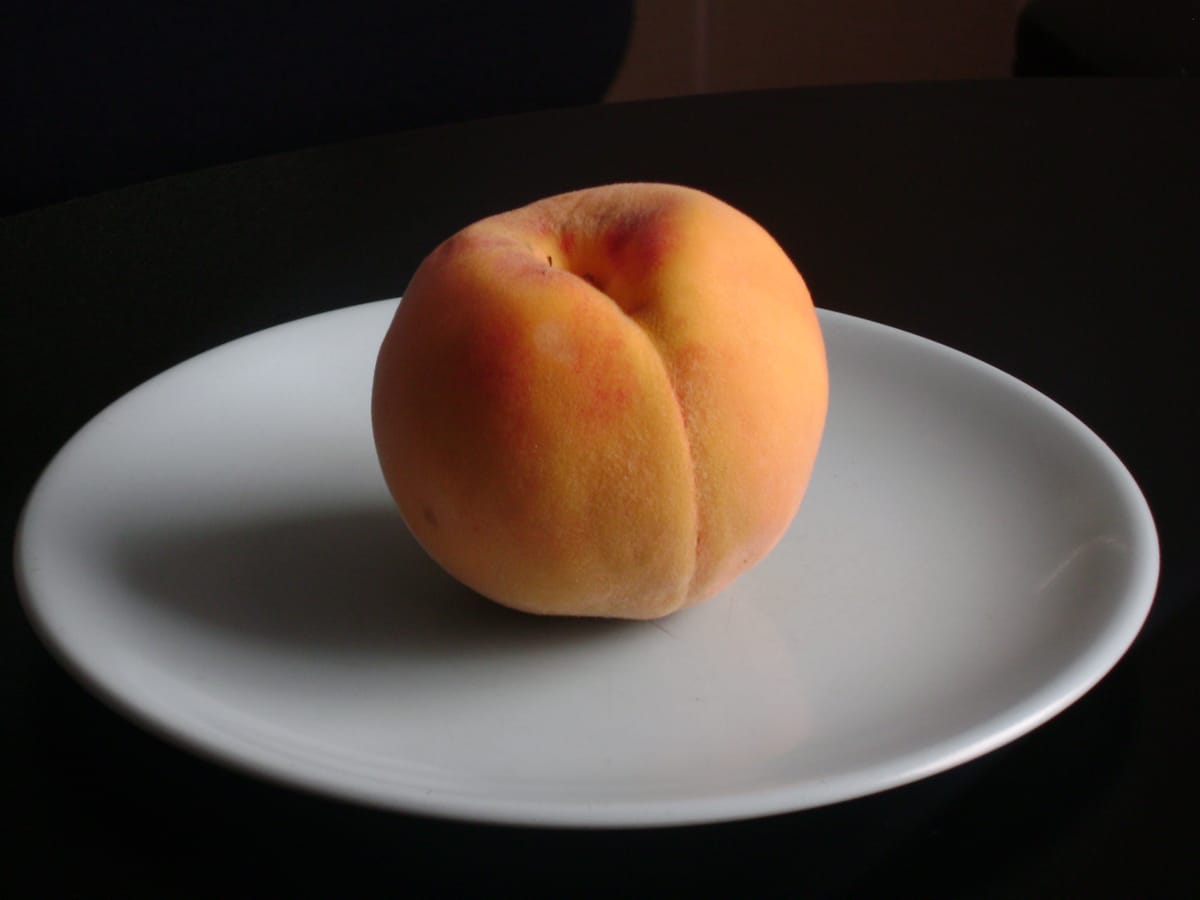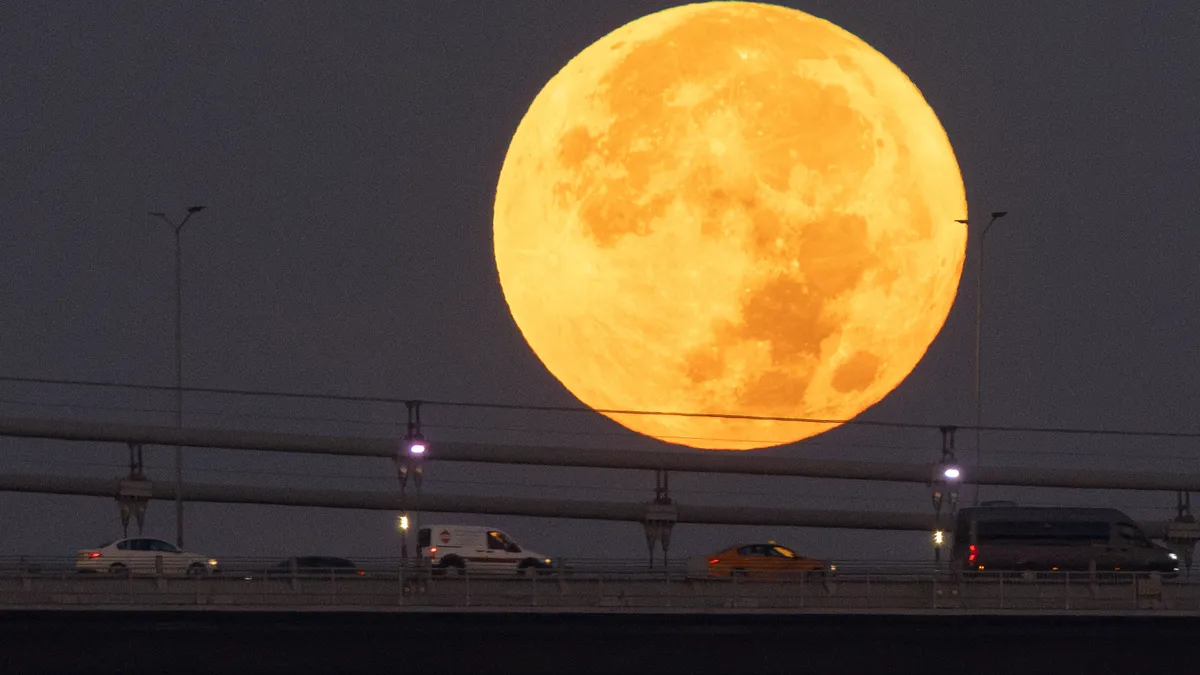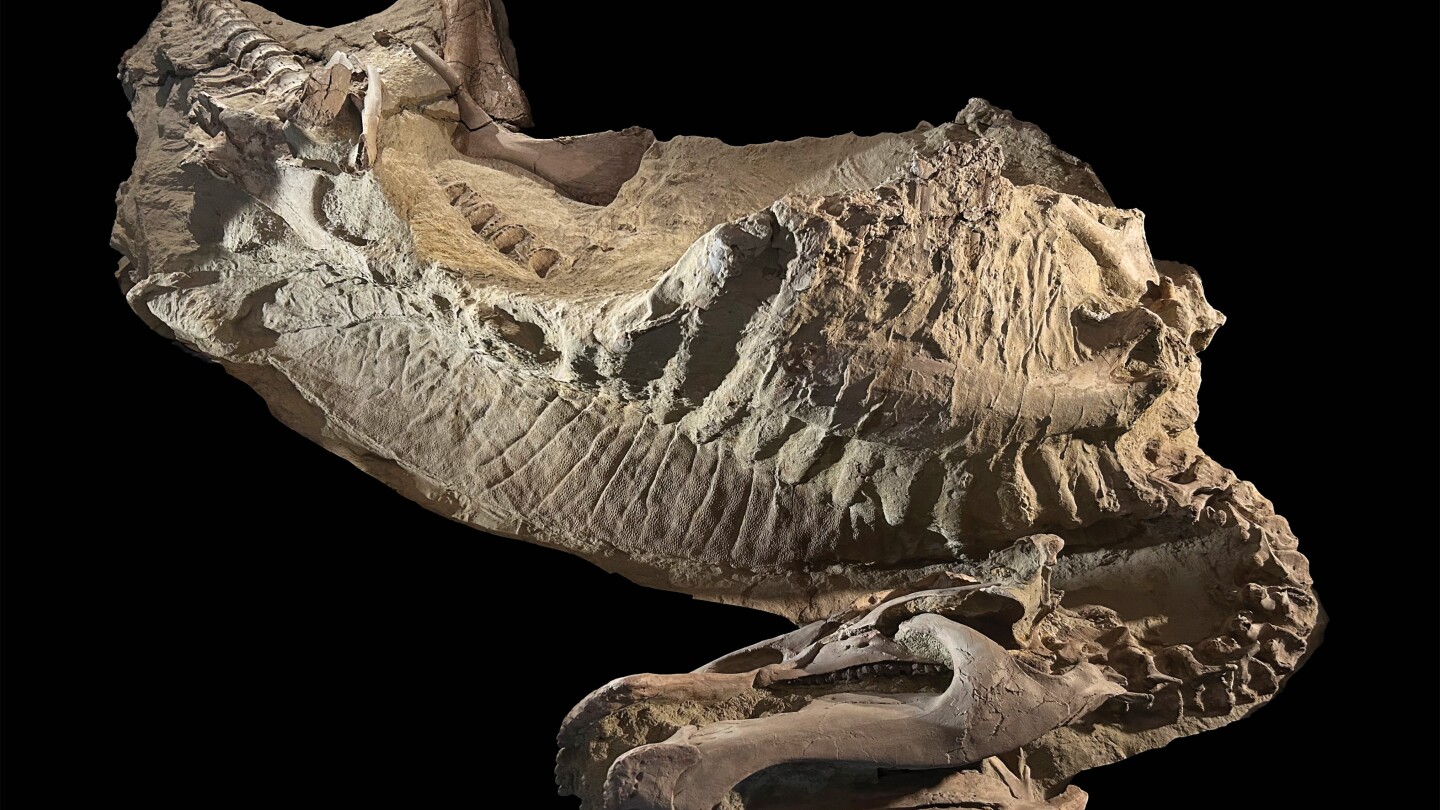Look for shooting stars when the Orionids peak on Oct. 20-21
The Orionid meteor shower will peak on the night of Oct. 20-21. Although a nearly full moon will wash away fainter meteors, here’s how you can still watch the shower.
(This story was updated because an earlier version included an inaccuracy. The December cold moon will occur on Thursday, Dec. 4, 2025.)
The next full moon will be the November beaver supermoon, set to rise in Taurus and amid the peak of the Taurids meteor showers and then give way to the begining of the popular Leonid meteor shower of 2025.
November’s supermoon will orbit closer to Earth than any of the other full moons this year with the nearest point at 221,817 miles from Earth, according to the Almanac. It is the the second of three consecutive supermoons in 2025.
As the beaver supermoon sets over the horizon, it will appear larger and more orange, fitting into the fall season, although the orange coloring is really an illusion as the moon’s light travels through more of the Earth’s atmosphere when it is low on the horizon.
The full beaver supermoon will rise on the same night the the southern Taurids meteor shower peaks, followed by the northern Taurids peak the following week and the popular Leonids the week after that.
Here’s everything to know about the next full moon and exciting meteor showers’ peak displays to watch for in November.
When is the next full moon 2025?
The next full moon will be the November beaver supermoon, set to rise, Wednesday, Nov. 5, with peak illumination at 8:19 a.m. ET. It will rise low on the horizon and like the October Harvest moon, it will rise around the same time for several nights, including Tuesday.
What is a supermoon?
A supermoon happens when the moon’s orbit is closest to the Earth at the same time the moon is full. According to NASA, at approximately 226,000 miles from Earth, the full moon appears brighter and larger than a regular full moon, hence the term supermoon.
Because supermoons are closer to the Earth than normal, the illusion is that they appear larger and brighter.
Supermoons come in three and fours, consecutively. This year it started with September and ends in January 2026; the next cycle of full moons will not come again until November of 2026.
Why is it called the beaver moon?
According the the Farmer’s Almanac, the November full moon marks the time when some of the first snow appears in the northern sphere of the United States and Canada and when the fall foliage has past. Signs of frost on the grass gives beavers the sign to build their dams before the ground freezes.
Beaver moon is a sign that winter is coming. Besides this being the time of year when they take up shelter, this also takes place at the time when the fur trade in North America took place. It was the season to trap beavers for their thick, winter-ready pelts.
Full moon names have long been tied to early Native American, Colonial American and European folklore, according to the Almanac.
What is a meteor shower?
A meteor shower is celestial event that happens when Earth passes through the path of a comet or the trail of debris left by a comet or asteroid during its orbit around the sun. The debris is called meteoroids.
Meteoroids enter the Earth’s atmosphere at high speeds and burn up, streaking the sky with bright moving lights, like a “shooting star” from what appears to be a single point in the sky, called the radiant. They range in size from dust-like particles to boulder size.
These meteor showers are named for the constellation where the meteors appear to be coming from.
The best time of day to see a meteor shower is around midnight according to Space.com, it’s best to go to the “darkest possible location, and wait about 30 minutes for your eyes to adjust to the dark.”
When to watch the southern Taurid meteor shower 2025 peak?
There are two active Taurid meteor showers right now that are set to peak in November — the southern Taurids and the northern Taurids. Both named Taurid because “both streams radiate from the constellation Taurus the Bull, not far from the bright star Aldebaran and the tiny, misty, dipper-shaped Pleiades,” according to EarthSky.
The southern Taurids are active from Sept. 20 to Nov. 20, 2025 and will peak on the night of Nov. 4-5, coinciding with the rise of the November supermoon. They tend to be slow-moving at about five meteors per hour but this year will be a special treat in that it will be rich in fireballs.
The best time to watch the southern Taurids peak is around midnight on the night of Nov. 4-5.
When to watch the northern Taurid meteor shower 2025 peak?
The northern Taurid meteor shower is active from Oct. 20 to Dec. 10, 2025 and will peak on the night of Nov. 11-12. While similar to the southern Taurids, the overlap in the two meteor showers can produce double the blazing fireball display in the sky leading up to its’ peak.
When will the Leonid meteor shower 2025 start?
The popular Leonid meteor shower display of shooting stars that light up the skys are set to start after the November full moon, on Nov. 6 through the 30th and peak on the morning of Nov. 18th. They are named Leonids because their meteors appear to come from the constellation Leo.
The Leonids are a result of the comet Tempel-Tuttle‘s melting particles that disintrigrate as it passes close ot the Sun during its orbit, leaving a trail of debris roughly the size of grains of sand or smaller, according to the Almanac. Earth travels through this debris field every year, hence the annual Leonid meteor shower.
The best time to watch the Leonids this year will be on the night of Nov. 17 against the dark sky and waning crescent moon, making for great views. They average a typical 10 to 15 shooting stars per hour or more.
What are the current moon phases?
🌑 New Moon: Oct. 21🌓 First Quarter: Oct. 29🌕 Full Moon: Nov. 5🌗 Last Quarter: Nov. 12🌑 New Moon: Nov. 20🌓 First Quarter: Nov. 28
When is the December full moon 2025?
The December full moon of 2025, the cold supermoon, will occur on Thursday, Dec. 4, 2025.
When is winter solstice 2025?
The winter solstice will bring us the shortest day of the year on Sunday, Dec. 21, 2025, with approximately 9 hours, 17 minutes of daylight.
To check how many hours of sunlight you’ll get and the sunrise/sunset times in your area, click here.
Maria Francis is a Pennsylvania-based journalist who covers trending topics across the Mid-Atlantic region.
First Appeared on
Source link












